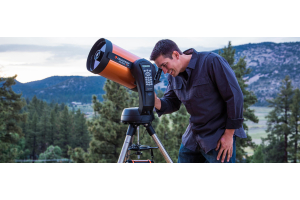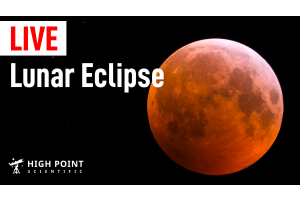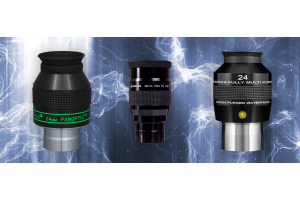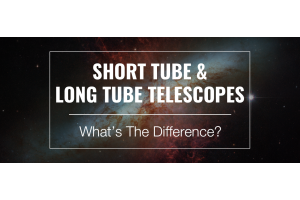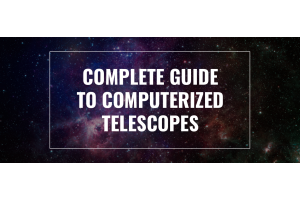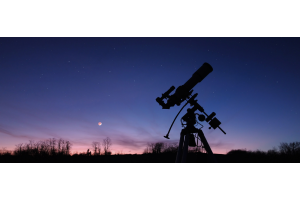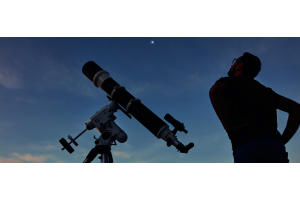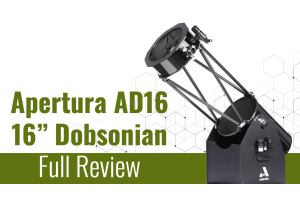
Telescopes come in a variety of shapes, sizes, and types. Most amateur astronomers are very familiar with the difference between reflectors and refractors, however many do not fully understand how the focal length of a telescope affects the results they see when looking through an eyepiece.
What is the difference between short tube and long tube telescopes? The quick answer is that the shorter focal length telescopes -- short tubes -- tend to have a faster f-ratio and hence, a wider field of view. This is true whether the telescope is a refractor or a reflector.
Telescope differences are generally defined by focal length and aperture, or f-stop. Focal length is the optical length that light travels through the lenses or mirrors. Magnification is also related to the focal length. Paired with the exact same eyepiece, a longer focal length telescope will yield higher magnification while the shorter focal length will have less. Higher magnification means that the field of view, how much of the sky we see through the eyepiece, is narrower than lower magnification.
The f-stop is a ratio of the focal length to the width of the aperture of the optics. A shorter focal length with the same diameter opening has a faster f-stop. Divide the focal length by aperture to determine the f-stop. For example, a 50mm photographic lens with an aperture of 25mm has an f-stop of f/2.0. A telescope with a 1000mm focal length and an aperture of 100mm has an f-stop of f/10.0. This calculation works whether the lens is mirror optics or refracting.
What Does This Mean For You?
Numbers only tell part of the story. The other part of the story is what the numbers mean in real life situations. One of the first things to figure out is what type of observing do you want to do? If you are more into observing the planets or the Moon, you’ll like the higher magnification of long tube telescopes. If you prefer deep sky objects, the faster f-stop of short tubes will be better.
High magnification can show us planetary features such as the Great Red Spot on Jupiter, Saturn’s rings, and the canals of Mars -- I mean, the polar ice cap on Mars, there are no canals! Lunar features are a lot of fun to look at. Quarter and gibbous Moon phases are great for this as the longer shadows help define detail.
Viewing deep sky objects like nebulae, stellar clusters, and galaxies is better accomplished with faster optics. This is true because a wider aperture, a faster f-stop for the focal length, allows more light to come through the objective. The more light we can gather, the fainter the object that can be seen.
In addition to being able to see fainter objects, more light gathering means we can see more features and details in familiar deep-sky objects. As an example, the Pleiades are readily visible to the naked eye in city skies. Using a fast, short tube telescope, you can see structure in the luminous gas cloud surrounding the star group.
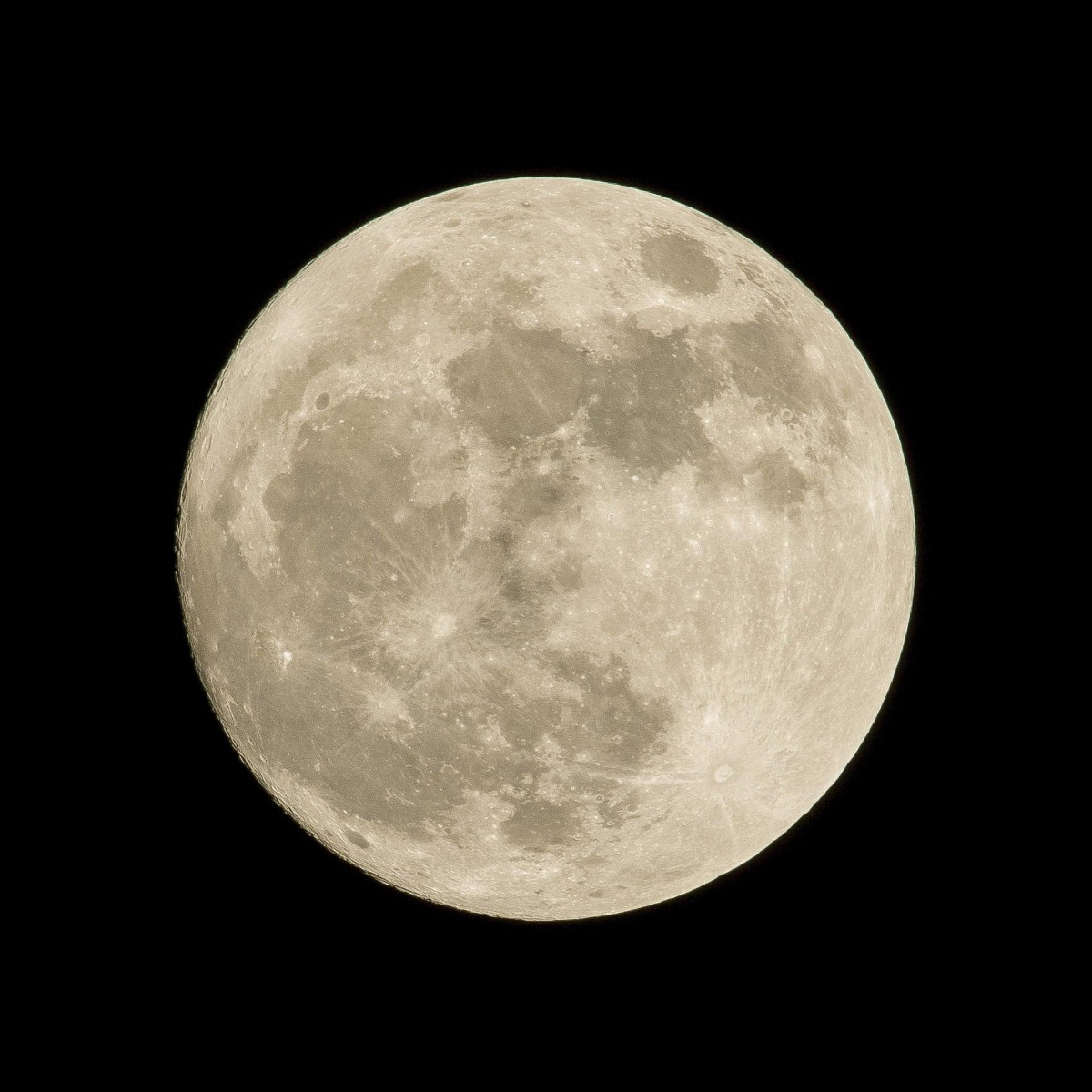
What Are The Pros And Cons?
Short Tube Telescopes
Find and track objects with ease with short tube, wide-field telescopes! Since the magnification is lower, the field of view through any eyepiece is wider. This makes star hopping go a little quicker. Plus it means you won‘t have to recenter the object as often if you are using an unguided mount.
Chromatic aberration is probably the most common negative issue seen in short tube telescopes. Chromatic aberration is when the colors of light don’t focus together. It’s most often seen as a color fringe around a bright object. Point light sources, such as stars, may even appear to have a colorful halo.
Thankfully, most modern short tube telescopes are well corrected for this problem. It’s hard to completely eliminate chromatic aberration, but better designs minimize them to a great degree.
One other con to consider is that a well-corrected modern short tube wide-field telescope, will probably cost more than other scopes in the same general style and type. Not much more, but it is a consideration for astronomers on a budget.
Long Tube Telescopes
Long tube telescopes have their own pros and cons. One of the primary pros, higher magnification, is also a con. High magnification is beneficial because it lets you see detail in planetary objects. Depending on the eyepiece and how good the optics of the scope are, very fine detail can be resolved.
The more magnification there is, the more sensitive the entire rig is to vibration, making viewing difficult. Some astronomers talk about how quickly certain mounts and tripods dampen vibration after slewing the scope. Increasing power also makes focusing problematic sometimes. Electronic focusers, fine focusers, micro focusers, and careful technique can all help to ease that task.
On the subject of faster optics, wide aperture long tube telescopes become very large, very heavy, and quite expensive. For astronomers using fast long tube scopes, those considerations are well worth the results they offer.
Ultimately, both types of telescopes have their uses, and the choice between a short tube or long tube telescope depends on what kind of experience you're looking for. Short tube telescopes, with their faster f-ratios and wide field of view, are ideal for capturing expansive views of deep sky objects and are often more portable. Meanwhile, long tube telescopes offer higher magnification, making them better suited for observing detailed planetary features and the lunar surface.

Learn More
Interested in learning more about telescopes and astronomy? Not sure where to begin? Check out our Astronomy Hub to learn more!

